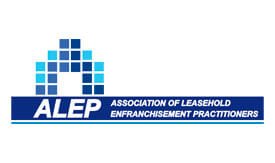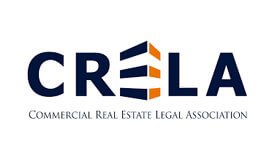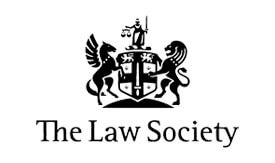Land and property are usually our core and most valuable asset. With this in mind, it is important to verify the identification of the individuals involved in any property transaction to prevent property and identity fraud and theft from taking place.
Identity checks are usually dealt with by your conveyancing solicitor, but there may be times when a party to a property transaction will not want to be legally represented. For any individual involved in a property transaction, who is not legally represented, Land Registry requires the individual to complete an ID1 form to verify their identity. If you represent a company, then you will need to complete an ID2 form.
What Is An ID1/ID2 Form?
A Land Registry ID1 or ID2 form is an identification check form required by Land Registry during a property transaction, also known as a transfer of equity, between individuals or businesses who are not legally represented.
Land Registry often require parties in a transfer of equity to complete an ID1 or an ID2 form for identification purposes if they choose to complete the transfer of equity themselves and choose not to be legally represented. This is a requirement for private individuals and corporate bodies such as businesses.
When Do You Need To Complete An ID1 or ID2 Form?
All parties that have an interest in the property and in the transaction, and do not wish to be represented by a solicitor or conveyancer, will need to each complete a separate ID1 or ID2 form and provide evidence of their identity to support their ID1 or ID2 form.
The person submitting the application on behalf of one of the parties involved in the property transaction, but is neither a conveyancer or a party involved in the property transaction, will also need to submit either an ID1 or ID2 form.
All individuals involved will need to complete either an ID1 or ID2 form if a property transaction relates to either one of the below:
- Transfer of land or mortgage
- Transfer, surrender or grant of a lease
- Registering, discharging, or release of a mortgage
- Discharge of land
- Change of name
- Change of address
How To Complete A ID1/ID2 Form?
You can get an ID1 or ID2 form from the gov.uk website.
The ID1 or ID2 form should be completed with certified identification attached, and sent to Land Registry, prior to exchange of contracts.
Both section A and section B of the ID1 or ID2 form needs to be completed. You must complete section A of the ID1 form yourself. Section B is to be completed by the certifier who has certified your identity.
The supporting identification that can be used to identify an individual can be either one from the list:
- Current valid full passport
- Current UK, EU, Channel Islands or Isle of Man photographic driving licence
- Current Biometric Residence Permit issued by the UK Home Office to a non-UK national resident in the UK
Or alternatively, two from the following:
- Bank statement not less than 3 months
- Utility bill not less than 3 months
- Council tax statement for the current year
- Mortgage statement for the year just ended
You can get your identification to be certified by a conveyancing solicitor, a Chartered Legal Executive, or by Land Registry. Land Registry will not charge a fee for this service but a solicitor or Chartered Legal Executive may do so.
However, it is common to get identification certified by a solicitor or by a Chartered Legal Executive as it is more convenient. Land Registry will only certify documents at the time the application for registration is submitted, and everyone who has completed an ID1 or ID2 form must be present at the same time.
When certifying your identification, a passport sized photograph taken within the last three months will need to be signed by either a solicitor, Chartered Legal Executive, or Land Registry. You will need to bring two copies of a passport sized photograph, as the certifier will need to keep one photograph for their records in case if Land Registry contacts the certifier to check that they have completed the ID1 or ID2 form, and have certified your identification.
Once all independent parties in a property transaction have signed and completed their ID1 or ID2 from, and their identification have been certified, then the ID1 or ID2 form is ready to be sent to Land Registry.
The person submitting the application will need to ensure that all parties, including themselves, have completed and certified their ID1 or ID2 form.
An application for any property transaction without an ID1 or ID2 form for all independent parties, that have an interest in the property transaction, will be rejected.
How Long Is An ID1/ID2 Form Valid?
It is important to note that a signed ID1 or ID2 form only lasts for 3 months, so it is best practice to hold off completing an ID1 or ID2 form until the latter stages of the property transaction, ideally just before the exchange of contracts.
If the property transaction is not completed and it has been more than 3 months since your ID1 or ID2 form was signed, then you will have to complete the whole process again with all independent parties needing to complete a new ID1 or ID2 form.
Exception Of Completing An ID1/ID2 Form
The only exception of completing an ID1 or ID2 form is when the value of the land involved in a property transaction does not exceed £6,000.00.
A certificate or valuation confirming the value of the land should instead be submitted. The certificate or valuation, or any other related valuation document, can be sourced from a qualified professional such as a surveyor.
How We Can Help?
Monarch Solicitors can help with all aspects of an ID1 or ID2 form, from certifying identification, to helping complete the ID1 or ID2 form, to providing legal advice in relation to the property transaction.













